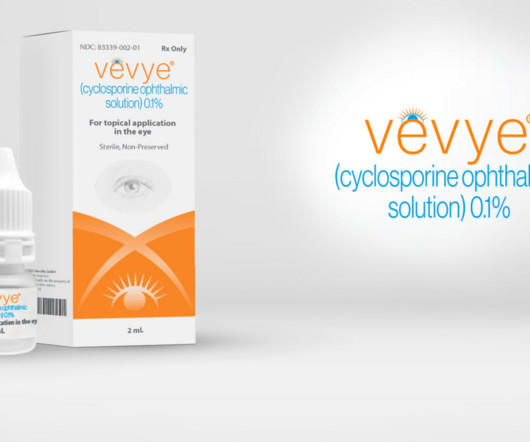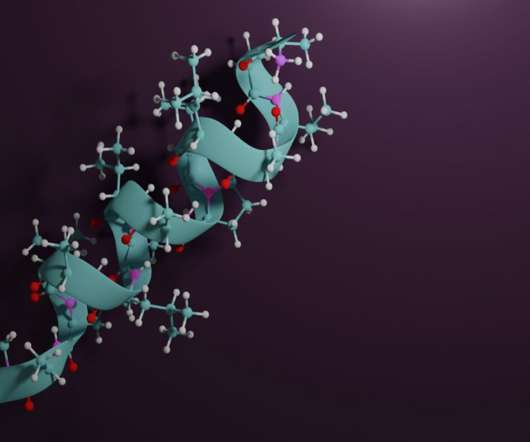Nanoparticle Formulation: A Paradigm Shift towards Novel Drug Delivery
Roots Analysis
OCTOBER 2, 2023
Owing to their unique size and physicochemical properties ( surface roughness, surface area, surface energy, crystal structure and shape ), nanoparticles can be widely used as a contrasting agent in medical imaging, a vesicle to cross the blood-brain barrier and a carrier for targeted delivery of genes / drugs, proteins, vaccines and antibiotics.













Let's personalize your content